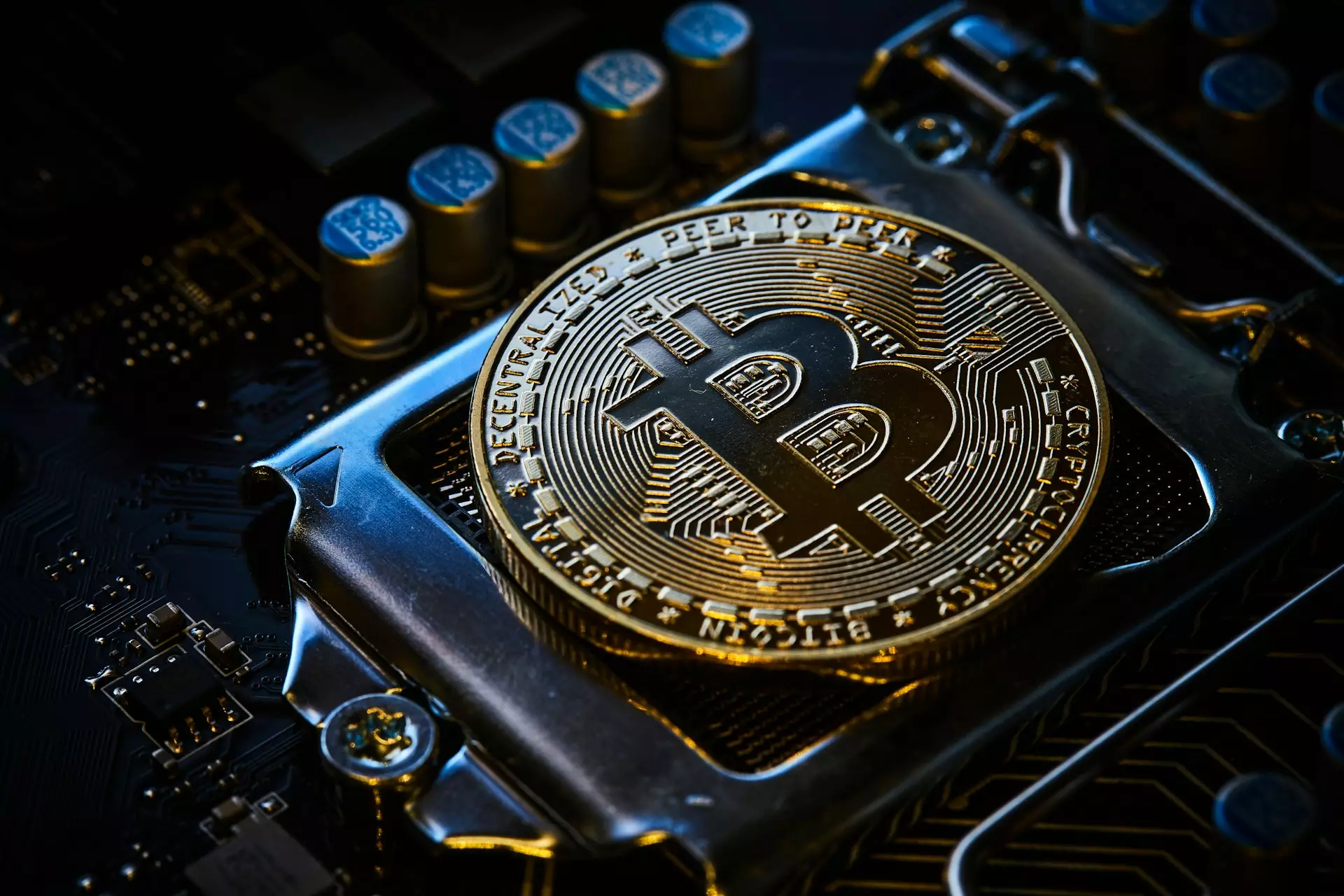In an unpredictable world of global finance, U.S. President Donald Trump’s recent announcement on tariffs was nothing short of explosive. The decision to pause tariffs on most nations for 90 days while simultaneously raising tariffs on China to 125% illustrates the chaotic dance of international trade, marked by erratic steps and ominous repercussions. This move, which he argues stems from a ‘lack of respect’ from China towards the global markets, has shaken the business as usual mentality that many had hoped would stabilize economic relations. Yet, rather than instill confidence, it has ignited a fierce debate about the direction of America’s trade policies and their implications for the future.
The Illusion of Stability Amid Market Chaos
Market reactions to such moves can often be misleading, creating an illusion of stability amid chaos. The spike in Bitcoin prices, which jumped over 6% to approach the $83,000 mark, is a case in point. It serves as a reminder that financial markets often respond not to the reality of economic conditions but rather to perceptions and whims. President Trump’s soundbite on Truth Social implies that a tariff pause could be beneficial, boosting investor morale and prompting surges in both stock and cryptocurrency markets. Yet, this optimism appears fragile—built on the shifting sands of speculation rather than solid economic fundamentals.
What happens when the applause dies down and reality sets in? With Bitcoin having previously plunged to a five-month low, investors who react disproportionately to hyperbolic news might find themselves caught in a boom and bust cycle that has become all too familiar. In essence, recent rises could merely be the “dead cat bounce” effect, where a temporary recovery follows a significant decline before continuing on a downward trajectory.
Imposing Tariffs: A Double-Edged Sword
The announcement of a 125% tariff on China is perhaps the most glaring feature of Trump’s trade strategy. While the public may cheer for tough stances against trade inequities, it’s essential to analyze who ultimately bears the brunt of such aggressive policies. Tariffs traditionally serve as a tax on consumers, leading to higher prices for everyday products—even those not directly linked with China. The notion that a country can successfully wage a trade war without repercussions is deeply flawed. Instead, these strategies pose risks not just to the perceived adversary but to American consumers, businesses, and the economy as a whole.
Moreover, the deceptive comfort of a tariff pause for 75 other nations doesn’t negate the unpredictable backlash that may emerge from rising tensions with China. While negotiating a solution may seem amicable, it hints at a deeper issue: a persistent inability to find common ground that leads to substantial progress. The danger lies in fostering environments of distrust rather than partnership, fueling nationalist sentiment both at home and abroad.
The Role of Risk in Investments
Investor psychology often diverges from analytical evaluations of realities. The quick jump in crypto and stock prices, spurred by the President’s announcement, comes with notable risks rooted in unpredictability. As significant Bitcoin short sales were liquidated in rapid succession, the fragility of this market was laid bare. Many investors, desperate to seize perceived opportunities, often neglect the possibility of a price correction or a steep fallout, driven by real economic data or future policy changes.
While it is easy to view the stock and cryptocurrency markets as mere plays for profit, they are increasingly ensnared in feedback loops driven by impulsive decisions rather than objective criteria. When the narrative is dominated by sensational headlines rather than substantive policy discussions, the long-term economic landscape becomes difficult to navigate. A well-informed investor should understand the need for due diligence, yet many instead react to headlines, a habit that could lead them astray—turning small fortunes into devastating losses.
The pulse of America’s economic future is intertwined with complex trade relationships that should not be simplified into headline grabbing rhetoric. The drama surrounding tariffs between the U.S. and China is an intricate tapestry of competition, national pride, and economic strategy, all interlaced with the unpredictable fabric of investor sentiment. As investors ride the waves of this economic tide, they must tread with caution, for the allure of quick gains may blind them to the undercurrents of reality that could lead to significant losses.


Leave a Reply